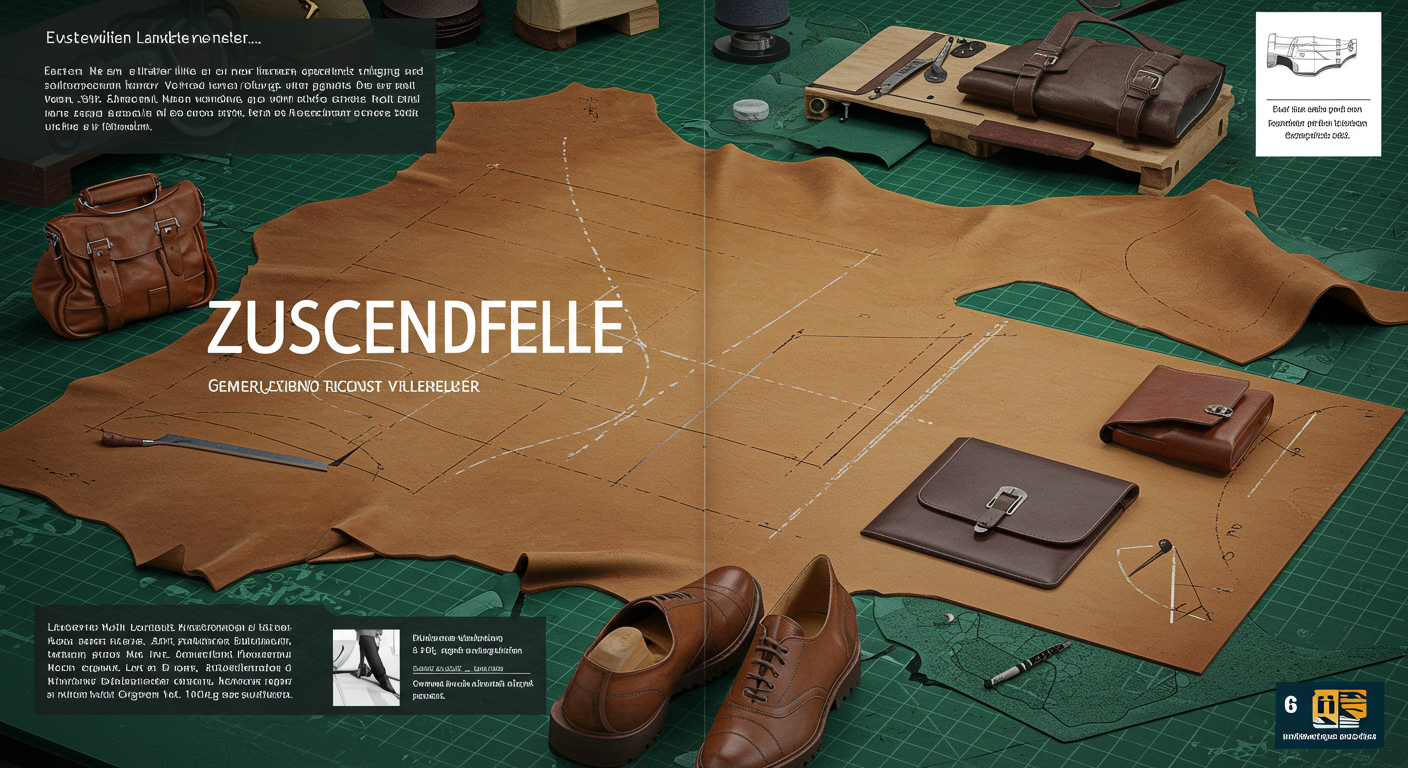When it comes to traditional materials in tailoring and crafts, the term zuschneidfelle stands out as both practical and culturally significant. Rooted in craftsmanship, zuschneidfelle have been used for generations in various trades. Today, while industries are moving toward digital and synthetic alternatives, zuschneidfelle still hold their unique place.
This article explores what are, their historical role, modern applications, advantages, challenges, and how they continue to remain useful in 2025.
What are Zuschneidfelle?
The word zuschneidfelle comes from the German language, combining “zuschneiden” (to cut) and “Felle” (skins or hides). In essence, zuschneidfelle refers to cutting skins or hides—materials traditionally used in tailoring, shoemaking, upholstery, and other crafts.
Historically, zuschneidfelle were prized for their durability, flexibility, and versatility. Craftsmen relied on them for patterns, measurements, and high-quality finished products.
Historical Significance of Zuschneidfelle
For centuries played an important role in tailoring and shoemaking. Before synthetic materials and modern measuring tools were invented, hides and skins were natural resources used for:
-
Making patterns in tailoring workshops.
-
Providing durable cutting surfaces for craftsmen.
-
Serving as protective layers for cutting tables.
Because of their strength and resistance, zuschneidfelle became a staple in artisan workshops across Europe.
Why Zuschneidfelle Matter Today
Even though technology has advanced still matter because they combine tradition, practicality, and sustainability. Unlike synthetic cutting mats, zuschneidfelle are natural, biodegradable, and extremely durable.
They are especially valued in:
-
Traditional tailoring schools that preserve old techniques.
-
Handcraft workshops where authenticity is prized.
-
Eco-conscious businesses seeking sustainable alternatives.
Key Features of Zuschneidfelle
Understanding the importance of requires looking at their features:
1. Durability
Zuschneidfelle are strong and resistant, making them last for years even with constant use.
2. Flexibility
They can be cut, shaped, and adapted for different craft purposes.
3. Natural Material
Being made from hides or skins, zuschneidfelle are environmentally friendly compared to plastics.
4. Protective Function
They protect tables and surfaces when cutting fabrics, leather, or other materials.
Traditional Applications of Zuschneidfelle
Over time have been used in various ways:
Tailoring and Dressmaking
Tailors used to prepare fabric patterns and ensure precise cuts.
Shoemaking
In shoemaking, zuschneidfelle served as templates and cutting layers.
Upholstery
Craftsmen working on furniture relied on zuschneidfelle for durable cutting bases.
Leatherworking
They were often used in workshops where precision cutting of leather was essential.
Modern Uses of Zuschneidfelle
In today’s world may seem old-fashioned, but they still serve practical roles:
Educational Institutions
Fashion and tailoring schools use them to teach traditional cutting techniques.
Handcraft Workshops
Artisans prefer zuschneidfelle for authenticity and durability.
Sustainable Alternatives
Eco-friendly industries promote zuschneidfelle as replacements for synthetic mats.
Collectors and Enthusiasts
Many collectors value as cultural artifacts that represent historical craftsmanship.
Benefits of Zuschneidfelle
The continued use of highlights their advantages:
-
Longevity: They last longer than many synthetic alternatives.
-
Eco-Friendly: Natural and biodegradable.
-
Tradition: Preserve heritage and craftsmanship.
-
Versatility: Suitable for tailoring, shoemaking, leatherwork, and crafts.
Challenges of Zuschneidfelle
Despite their usefulness face some challenges:
-
Limited Availability: Not as mass-produced as synthetic mats.
-
Cost: Higher in price compared to cheap plastic alternatives.
-
Maintenance: Require care to avoid damage from moisture or pests.
-
Modern Competition: Synthetic tools and digital cutting systems dominate the market.
The Future of Zuschneidfelle
As sustainability becomes a global priority, the future of looks promising. Some trends include:
-
Eco-Friendly Markets: Growing demand for natural and biodegradable tools.
-
Niche Craft Industries: Workshops promoting traditional craftsmanship will keep using zuschneidfelle.
-
Hybrid Tools: Modern designers may combine traditional zuschneidfelle with digital technologies.
-
Cultural Preservation: Museums and schools will highlight as part of heritage.
Tips for Using Zuschneidfelle
For those who want to work with here are some practical tips:
-
Keep Them Dry: Moisture can damage natural hides.
-
Store Properly: Use clean, cool environments to avoid deterioration.
-
Maintain Surfaces: Regularly clean and condition zuschneidfelle.
-
Use Sharp Tools: Sharp scissors or blades ensure smooth cutting without damaging the material.
Zuschneidfelle in Daily Life
Even though they are more common in workshops than households influence daily life indirectly. Products crafted using these materials—such as shoes, clothing, and furniture—demonstrate their importance in shaping quality goods.
Conclusion
Zuschneidfelle may sound like a traditional term from the past, but its relevance continues today. Combining durability, eco-friendliness, and cultural value, these cutting skins remain essential in tailoring, shoemaking, and other crafts.
While synthetic alternatives dominate represent sustainability and heritage—qualities that are becoming increasingly important in modern society. For artisans, educators, and eco-conscious consumers, will always have a place in the world of crafts and beyond.

